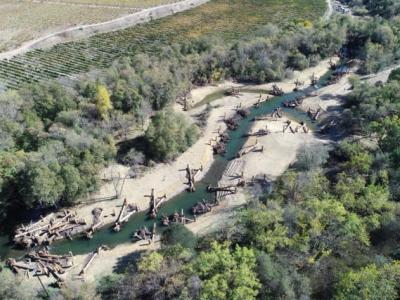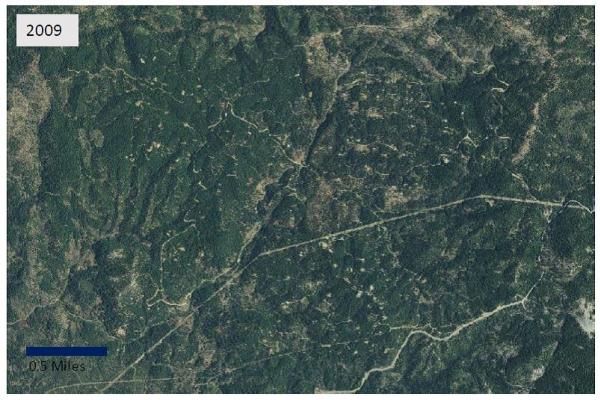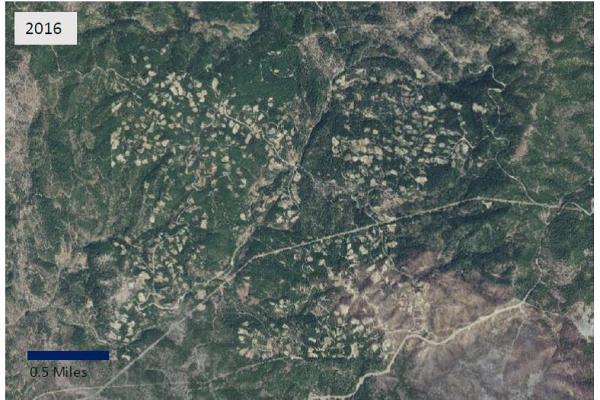Growing Impacts: Cannabis and Instream Flows
Session Coordinators:
Elijah Portugal, Cannabis and Instream Flow Unit, CDFW
Eli Asarian, Riverbend Sciences
Agenda
Introductions
The Green Rush is Real: Quantifying the Rapid Expansion of Cannabis Cultivation in Northern California, 2012-2016
Jennifer Carah, The Nature Conservancy
Cannabis Landscapes in Southern Oregon: Lessons for Legalization
Phoebe Parker-Shames, UC Berkeley
Application of Ecologically-Based Flow Metrics for Northern California Impaired Streams
Noelle Patterson, UC Davis
University of California On-Line Grower Survey Characterizes Cannabis Water Use and Cultivation Practices in California
Ted Grantham, UC Berkeley
Water Storage and Cultivation Practices Affect Seasonal Patterns of Water Demand of Cannabis Production in Northern California
Chris Dillis, North Coast Regional Water Quality Control Board
Panel Discussion
Facilitated by Adona White, North Coast Regional Water Quality Control Board
Lunch
Estimation of Cannabis-Related Water Use and Comparison to Measured Instream Flows in Select Trinity County Streams
Bryan McFadin, North Coast Regional Water Quality Control Board
Impacts of Marijuana Cultivation on Aquatic Resources, with an Emphasis on Anadromous Fish
Tricia Bratcher, CA Department of Fish and Wildlife (Northern Region)
Water Quality Impacts of Illegal Marijuana Cultivation on Public Lands, with an Emphasis on Anadromous Fish
Nathan Cullen, Central Valley Regional Water Quality Control Board
Cannabis Cultivation Policy and the Continuing Development of Minimum Instream Flows
Peter Barnes, State Water Resources Control Board
Is the Regulatory Process of Water Working?
Anna Birkas, Village Ecosystems
Fish Friendly Cannabis Farming Practices: Methods, Opportunities and Challenges
Hollie Hall, Hollie Hall and Associates Watershed Resources Consulting
Coho Salmon: Gauging Cannabis Production Impacts to Summer Rearing Habitat
Corinne Gray, CA Department of Fish and Wildlife (Bay Delta Region)
Panel Discussion
Facilitated by Adona White, North Coast Regional Water Quality Control Board





